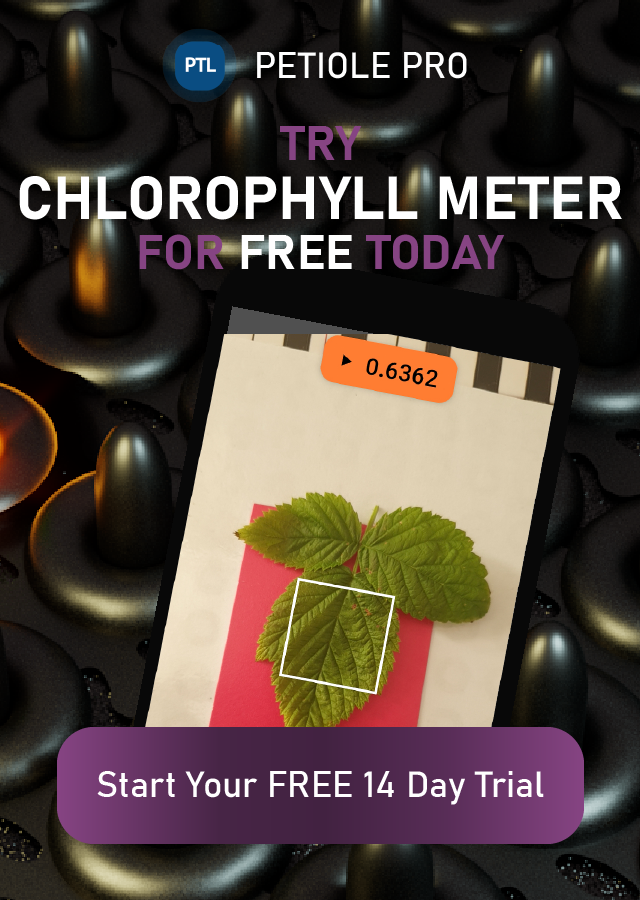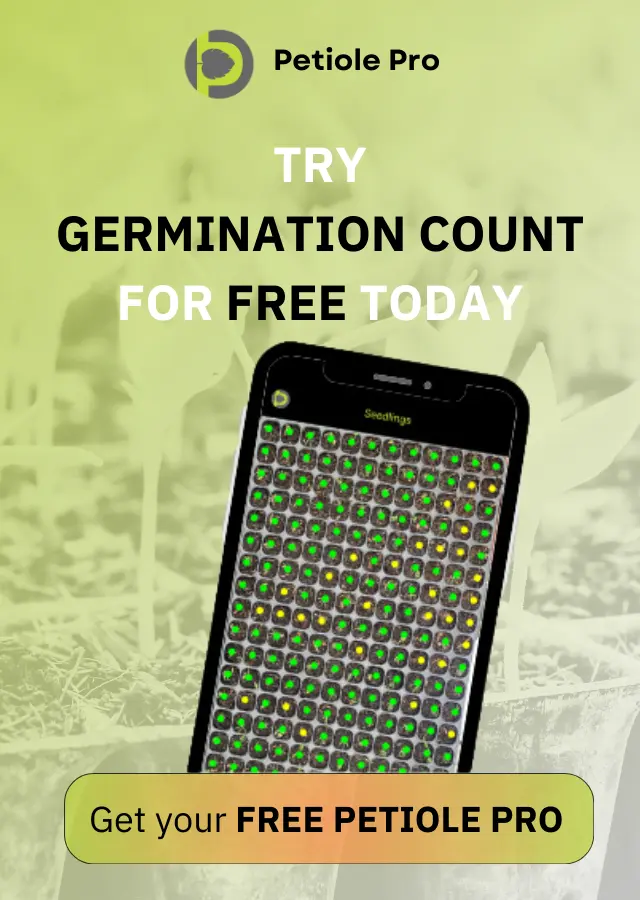Chlorophyll Content Measurement: Why and How?


Why do we need the greenness of leaves?
All plants require a ready supply of macro and micronutrients within their growth medium. In fact, this is needed to accomplish their standard physiological functions. The appropriate amount of macro nutrients such as nitrogen, potassium, phosphorus are known for being important for plant optimum growth. The secondary macro nutrients such as calcium, sulfur and magnesium are crucially important for the plants as well.
Deficiencies in any of those nutrients can manifest as a discount in leaf chlorophyll content. Surely, in addition to other characteristics counting on the nutrient in question.
A depletion in overall leaf chlorophyll content reduces the quantity of radiation which will be absorbed. This successively limits the efficiency of corresponding photosynthetic processes thus lowering primary photosynthetic production.
The measurement of chlorophyll content can therefore yield important information concerning the presence of biotic stress factors and also of abiotic issues like light, drought and pigment inhibiting herbicide damage. All of these parameters are very significant while measuring chlorophyll content.
In agriculture measuring of chlorophyll contents in leaf can yield very valuable information for producers about the plant optimum growth. Also, it can release the information to adopt best nutrient management practices to raise the total yield potential and achieve targeted yield.
The benefits of measuring chlorophyll content
There are two obvious advantages of measuring chlorophyll content:
- Better crop yield due to better photosynthesizing crop
- A reduction in fertiliser usage
- Informed herbicide type and delivery method (for both cost and environmental benefit.
The leaf pigments such as chlorophyll accurate determination is crucial to monitor the plant having stress, its application of fertilizer and plant overall vegetative growth. Especially, in agricultural ecosystems where yield is directly related to the plant health. Photosynthesizing pigments such as chlorophyll in leaf determine the total production capacity in a biosphere. Chlorophyll plays an important role by capturing the sunlight and converting it into plant food and rank higher in other leaf pigments. Utilization of chlorophyll content and leaf surface area can indicate the vegetative production of crops. Chlorophyll content measuring is very important. In fact, abiotic stresses such as drought, high temperature and salinity can affect the overall productivity of an agriculture ecosystem.
Plant nutrients supplied in the farm of fertilizer play a very important role in the structural and internal activities of plant photosynthetic systems. The optimum supply of essential nutrients plays an important role in synthesis of photosynthetic pigments such as chlorophyll and other necessary pigments. Nutrient deficiency can lead to decreased productivity which can be recognized by measuring the chlorophyll content in the plant leaf.
How to make chlorophyll content measurement?
- Measurement of the chlorophyll content in back days was time consuming and not effective. There was a need to extract chlorophyll from the leaf samples with use of acetone. Then it is run spectrophotometrically at the respective wavelengths 663 nm and 645 nm. But this method didn’t become very successful because it required more time and doesn’t give accurate results in every situation.
- There is a different method available for the chlorophyll content measurement in plants, particularly, SPAD-502 meter. It gets the chlorophyll content in plant leaves by observing its green colour and giving accurate results. There is a need to place the sample leaves in between the sensors which are responsible for measurement.
- Digital tools for chlorophyll content measurement use Computer Vision algorithms and smartphone camera to measure the index of greenness. Then this index can help to calculate the amount of chlorophyll in a leaf.
Petiole Pro and Chlorophyll Content Meter
The latest version of Petiole Pro includes advanced Dark Green Colour Index meter (aDGCI Meter), the light version of Chlorophyll Content Meter, which can help you to assess the nitrogen level based on the greenness of leaves. Here you can see the brief video about how it works:
source: youtube

